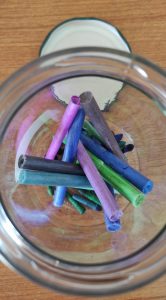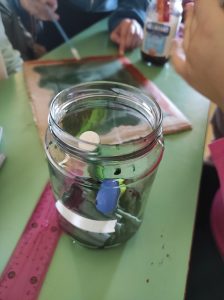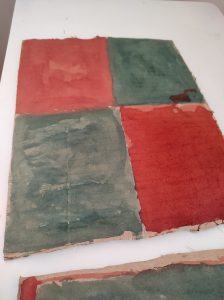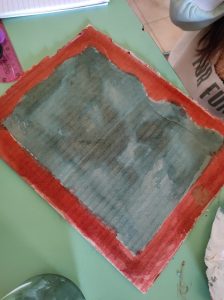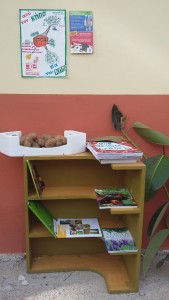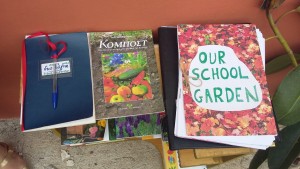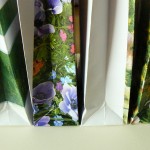Ready for action: An example of creativity in the classroom
It’s the time of year again to dive into the ocean of raising awareness about environmental issues and inspiring students of the 5th grade to think about ways they can protect our planet. As we went through this unit, and among other ideas that they had, the children expressed the will to create placards to encourage other students in the school to care about the environment. Now, I happened to have a whole box of used markers that were just rubbish, but I had heard about such markers being used to make watercolour.
First, we took 10 of our classroom minutes to take the felt tips and some of the inside sponges that hold the colour out of the plastic parts, and then group them into two major categories: Warm colours and cold colours. We put the plastic remains in the recycling bin.
Then, we added some water in the jars, and left them for a week near one of the windows in the classroom. After that, they were ready to use.
In the end, the cardboard pieces (that came from a box which held photocopy paper) started looking like this, and they were ready to write our messages on.
In the end, we are planning to hang these from string and place them in spots around the school that is easy for eveyone to see. Stay tuned!

